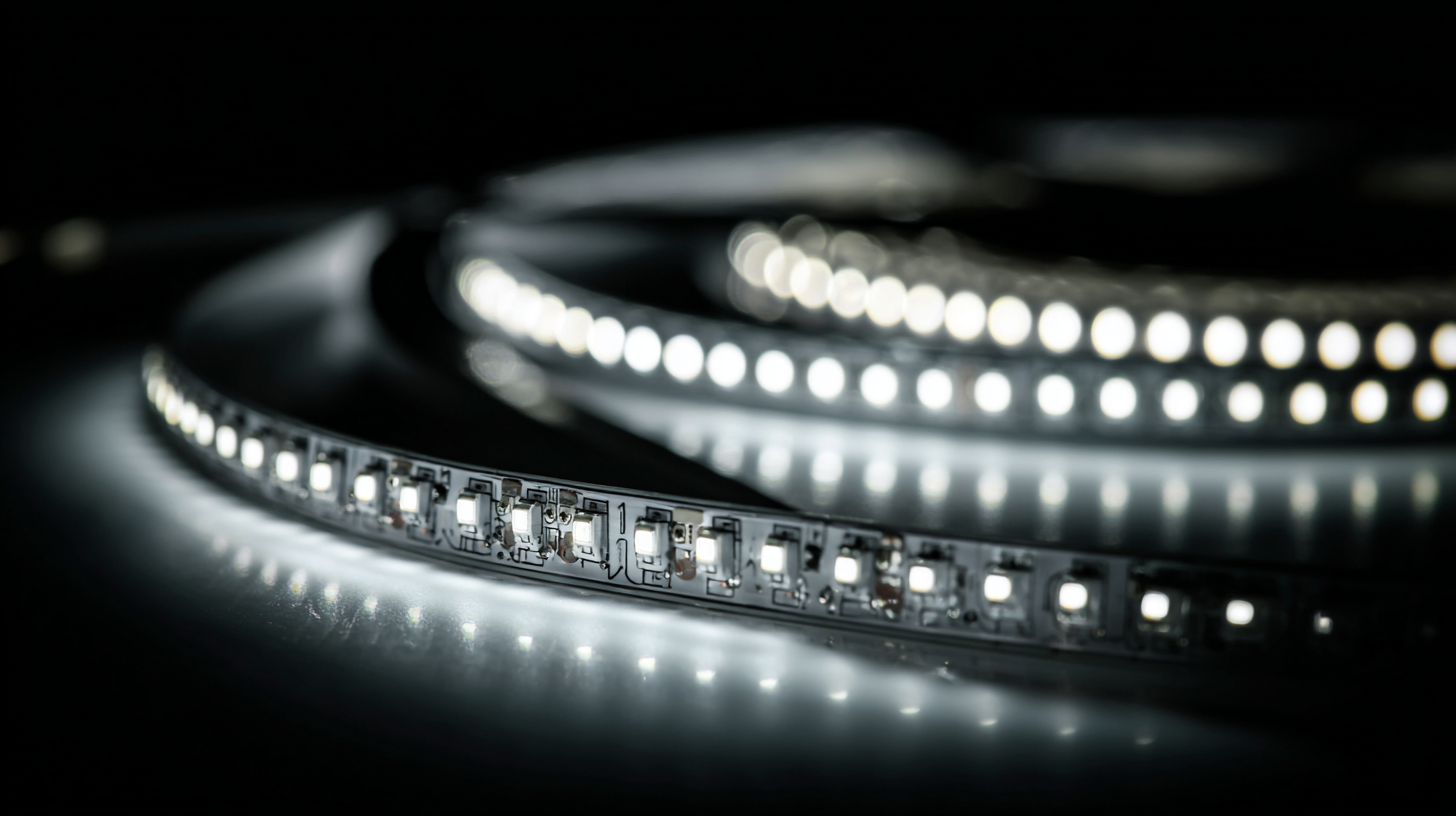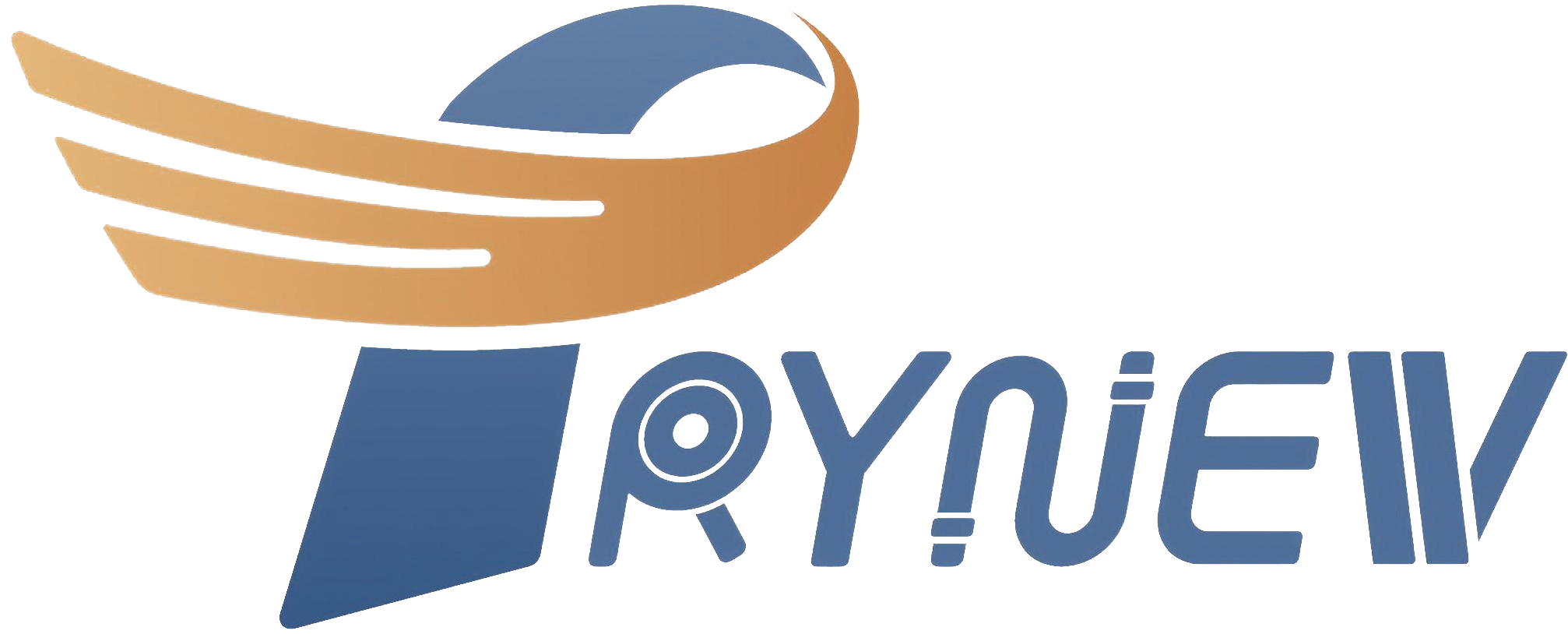As the global demand for energy-efficient solutions continues to rise, the LED lighting market is poised for substantial growth, expected to reach approximately $138.3 billion by 2025, according to a report by MarketsandMarkets. With increasing adoption across various sectors, including residential, commercial, and industrial applications, navigating the complex landscape of global standards for LED lighting has become essential for manufacturers and consumers alike. Compliance with these standards not only ensures quality and safety but also enhances market competitiveness in an increasingly regulated environment. Understanding the critical quality metrics associated with LED lighting not only aids in meeting compliance requirements but also plays a pivotal role in fostering innovation and sustainability within the industry. The importance of this knowledge cannot be overstated, as it directly impacts energy savings, longevity, and overall performance of LED lighting solutions.

Understanding global LED lighting standards is essential for manufacturers striving to meet compliance requirements and maintain high-quality metrics in an increasingly competitive market. The recent 30th Guangzhou International Lighting Exhibition (GILE 2025) showcased a range of innovations from LED lighting manufacturers, reflecting a shift towards sustainable and performance-driven technologies. According to industry reports, LED lighting is projected to constitute over 60% of the global lighting market by 2025, driven by advancements in energy efficiency and longer lifespan compared to traditional lighting solutions.
To successfully navigate global standards, manufacturers should familiarize themselves with key regulations such as the IEC 62560 for self-ballasted LED lamps and the ANSI/IES RP-16 for luminaire performance. These standards not only enhance product compliance but also foster consumer trust.
**Tips:**
1. Regularly update your knowledge of local and international regulations to ensure your products meet necessary safety and efficiency benchmarks.
2. Invest in quality control processes that align with recognized standards to help boost your brand reputation and competitiveness in the market.
Staying informed about these standards can significantly benefit manufacturers by aligning product design with consumer demands for efficiency and sustainability.
| Standard | Description | Country/Region | Certification Body | Key Metrics |
|---|---|---|---|---|
| IEC 62031 | LED modules for general lighting | International | IEC | Photometric performance |
| IES TM-30 | Methods for evaluating light source color rendition | United States | IES | Color fidelity, saturation |
| UL 8750 | Safety standard for LED drivers | United States | UL | Electrical safety, thermal protection |
| CIE 015:2018 | Colorimetry | International | CIE | Color space and color representation |
| EN 62471 | Photobiological safety of lamps | European Union | IEC | Risk groups for light sources |
When it comes to LED lighting, ensuring compliance with international standards is crucial for both quality and safety. Various metrics have been established to evaluate these aspects, with organizations like ANSI (American National Standards Institute) and IEC (International Electrotechnical Commission) setting benchmarks that manufacturers must adhere to. According to a report by the U.S. Department of Energy, high-quality LED products typically have a failure rate of less than 3% over their lifetime, compared to higher failure rates found in non-compliant alternatives, highlighting the importance of selecting compliant products.
In addition to failure rates, the Color Rendering Index (CRI) is another key compliance metric that significantly impacts the quality of LED lighting. A CRI score above 90 is often considered ideal for applications where accurate color representation is essential, such as in retail and art galleries. A 2022 study published in the Journal of Light & Visual Environment found that lighting with a higher CRI not only enhances the visual appeal of products but can increase sales by up to 20%. Ensuring adherence to these critical metrics not only guarantees a safer lighting environment but also significantly enhances end-user satisfaction.
 When it comes to LED lighting, adherence to global standards is crucial for ensuring both compliance and quality. Various certification processes exist to evaluate products, with organizations like the International Electrotechnical Commission (IEC) and Underwriters Laboratories (UL) setting the benchmarks. A recent report from the National Renewable Energy Laboratory highlighted that products certified under the IEC standards demonstrate up to 30% higher energy efficiency and longer lifespans compared to non-certified alternatives, underscoring the importance of rigorous evaluation.
When it comes to LED lighting, adherence to global standards is crucial for ensuring both compliance and quality. Various certification processes exist to evaluate products, with organizations like the International Electrotechnical Commission (IEC) and Underwriters Laboratories (UL) setting the benchmarks. A recent report from the National Renewable Energy Laboratory highlighted that products certified under the IEC standards demonstrate up to 30% higher energy efficiency and longer lifespans compared to non-certified alternatives, underscoring the importance of rigorous evaluation.
Navigating through certification can be complex, but understanding key processes can simplify compliance. For instance, the Lighting Global Quality Assurance program provides a streamlined pathway for manufacturers to get their products certified in international markets. According to a study published by the Global Lighting Association, products meeting these quality metrics not only gain a competitive edge but also report a 25% increase in market acceptance due to consumer trust in certified products. Thus, manufacturers must prioritize these evaluations to align with compliance requirements while enhancing their reputation in the marketplace.
When selecting high-quality LED products in a global market, it’s essential to focus on several critical aspects. First, understanding the importance of certifications can significantly influence your purchasing decision. Look for internationally recognized certifications like ENERGY STAR or IEC standards, which ensure that the products have been rigorously tested for efficiency and safety. These certifications demonstrate that the LEDs not only meet high-performance criteria but also adhere to environmental standards, making them a responsible choice for both consumers and businesses.
Another key consideration is the color rendering index (CRI) of the LED lighting. A higher CRI indicates that the light source renders colors more realistically, which is especially important in settings such as art galleries, retail stores, and homes where accurate color representation is crucial. Additionally, pay attention to lumens per watt when assessing brightness levels, as this metric provides insight into the efficiency of the LED product. By prioritizing these quality metrics, consumers can ensure that they are investing in LED lighting solutions that offer both longevity and superior performance, ultimately enhancing their spaces while aligning with global best practices.
The future of LED lighting is poised at the intersection of innovation and compliance, with emerging standards reshaping how manufacturers approach quality metrics. As the LED market grows, the demand for high-quality, energy-efficient lighting solutions intensifies, prompting regulatory bodies to establish stricter compliance criteria. Industry reports indicate that by 2025, over 70% of lighting companies will need to adjust their processes to meet new international standards. This shift presents both opportunities and challenges for stakeholders navigating the complex landscape of regulations.
Tip: Stay informed about current and upcoming regulations in your region to ensure compliance. Engage with industry associations that offer resources and updates on best practices.

The integration of AI technology into the validation process of LED lighting is another exciting trend. AI enhances not only the manufacturing efficiency but also the compliance verification process by enabling real-time monitoring of product standards. However, with these advancements come significant challenges in data management and privacy. Recent insights suggest that as consumer trust becomes increasingly linked to data protection, manufacturers must align their strategies accordingly—balancing innovation with ethical responsibility in handling customer data.
Tip: Implement robust data protection protocols that align with both regulatory requirements and consumer expectations to build trust and maintain compliance. Regularly review and update these protocols as technology and regulations evolve.
